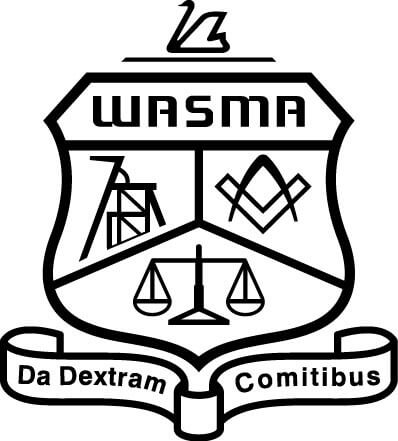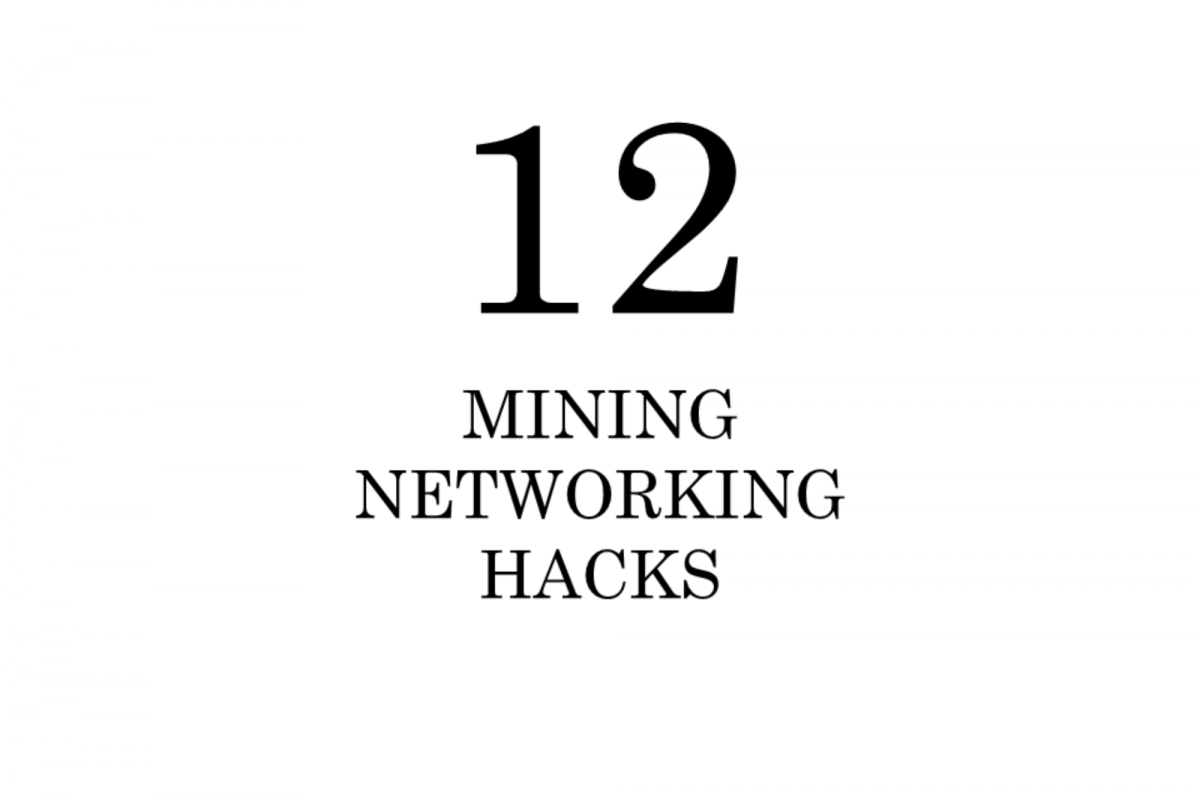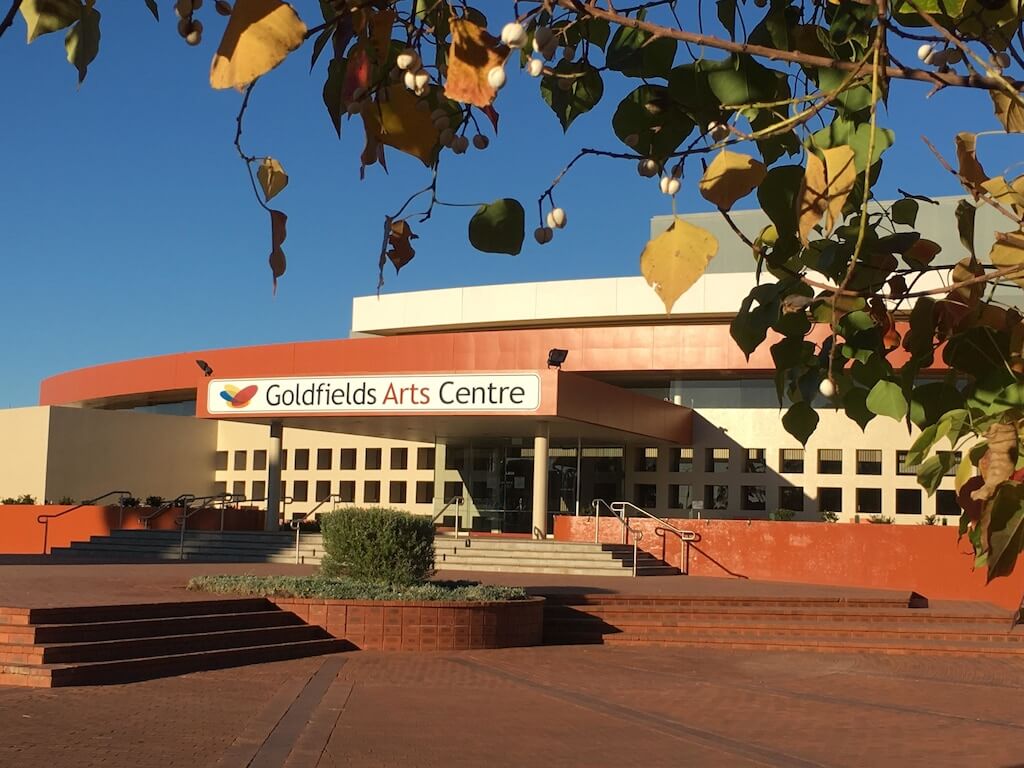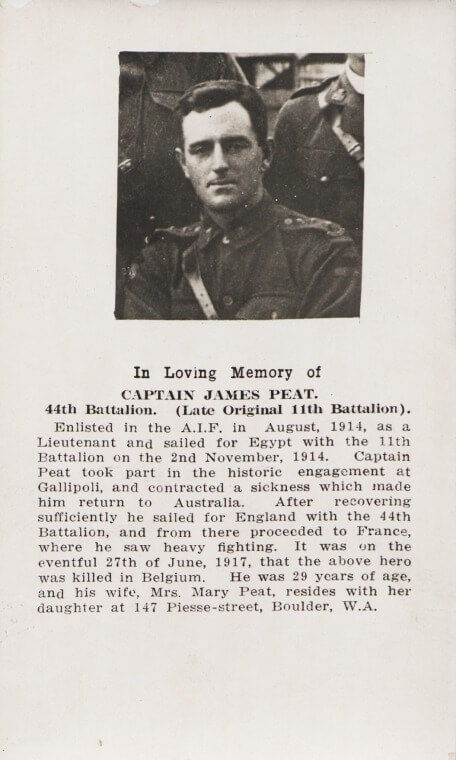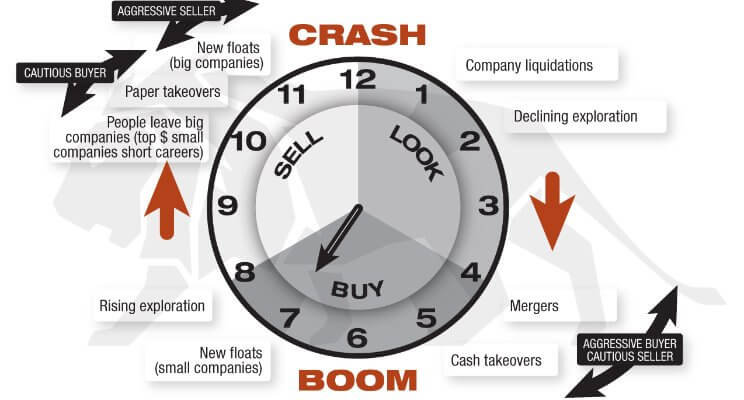I always get asked how I got to know so many people in the mining industry. A lot of that has to do with studying at the WA School of Mines in Kalgoorlie (WASM) and being told by my mentor to work at as many sites as possible before graduating. Right at the heart of the mining industry – my professional networking started in University. Networking was a fundamental part of being successful at WASM. I want to share with you the tips that I have learned and others have shared with me over the years on networking – I’ve put these in chronological order for the things you need to do before, during and after a meeting or event.
TIP 1. JOIN A CLUB OF LIKE MINDED PEOPLE
There is no better way to get to know people than by joining a club. Being in a friendly environment that encourages conversation and facilitates introductions is perhaps the easiest way to network. For me it is being a member of council for the WASM Alumni. I don’t have much time to join other organisations (being FIFO 8 days on 6 days off and also starting a business in Indonesia) so for me this is where I focus my attention. There is so much truth to the governments slogan of Act, Belong, Commit. After all to build a society you need to build on relationships and those three actions are really all it takes. The same is for your network! I can recommend the WASM Alumni, AusIMM, Mining Club and Women in Mining.
TIP 2. UNDERSTAND BODY LANGUAGE
Having a basic understanding of body language will also go a long way in determining how you steer the conversation. If you don’t know that a person looking around, tapping their foot with their foot pointing toward the door, looking around with crossed arms is wanting to leg it (away from you) – then you better get started on the basics! Once you get the basics of body language right – you can steer the conversation toward things that the other person is interested in.
TIP 3. KNOW THE NETWORKER’S
This is a no brainer but when you know who the networkers are in a room – you can ask them to make introductions for you. Now be careful with this one because you want to know these people quite well before you do this or you might put them offside as just someone who is using them. If an event is being hosted by an organisation – events committee of the organisation will facilitate introductions if you are there to meet people if need be.
TIP 4. BE A REGULAR
Be a regular at events at your groups. For me I only hold a membership to the WASM Alumni (www.wasma.com.au) and Australia Indonesian Business Council (AIBC) and not other organisations because I simply don’t have the time to get my money’s worth from joining them. By attending as many events as possible – I inevitably meet the same people over and over again and build a rapport with them. Being a regular also has the added benefit of you being in your comfort zone so you don’t have the looming ‘new to the room’ feeling you get when you are in unfamiliar territory.
TIP 5. BE THE INTRODUCER
When you know people and can make appropriate connections – do it. I’ve found that by introducing people to each other not only do I get to hear about what they do again (because my memory is quite bad) but I get to help someone else out with growing their network – and that’s a nice feeling.
Just on this one – if you can see students at a networking event who look shy and are not mingling- make the effort to welcome them into conversation – who knows – later down the track they might be an employee who goes on to help you build your successful company.
TIP 6. OFFER TO BUY
Everyone likes a drink at mining events. At any networking event for that matter. Like it or not. Having a drink with someone also reduces the formality of conversation as it gives people something to do with their hands that isn’t considered fidgeting.
TIP 7. ASK LOTS OF OPEN ENDED QUESTIONS
No one likes to talk to a person who thinks they are the centre of the universe. If you want to get to know a person – then you have to ask them questions about themselves. Questions which can’t finish with a yes or a no and allow a person to open up to you and tell you their story. You will become interesting by finding interest in others.
TIP 8. ASK INTERESTING QUESTIONS AND HAVE FUN
Asking someone a question that is overly personal is probably going to end up with the conversation ending pretty quickly. Likewise if your voice is at the same frequency as a drone then you’re also going to bore them to death – so have fun when you talk and ask the right questions.
Being an entrepreneur myself – I think it’s nice when people want to know how my businesses are running – however when the questions are the same as everyone else – it makes for boring conversation – and no one likes repeating themselves so you end up with a very short answer. So make sure you do your research on a person if you don’t know them and want to build a strong rapport with them.
Sponsors are always ready to meet new people (it is why they sponsor events). If you are shy and find it hard to meet people, head to them first – they are under more pressure to make conversation work so it takes the pressure of you. Once again, invites generally have who sponsors are – so do your research on them before the event so you can make for good conversation.
For the students– Don’t ask people you have only met a few times for a job! I can guarantee you they will avoid you like the plague from that moment on….until you die.
TIP 9. DROP THE MACHO-BOYS TALK GENTLEMEN
There is a time and place for macho-dick-swinging discussions. It IS NOT at a professional networking event so leave that talk at home and be inclusive. The industry has changed and it can be an intimidating place for people of different genders, ethnicity and religion. Be mindful of this in your discussions at events.
TIP 10. LISTEN AND REMEMBER WHAT YOU TALK ABOUT
Now if you have a memory like me – it’s easy to forget the things you talk about to people you have just met for the first time. The trick I use is I always carry a pen with me. Once I get their card and we go our separate ways I quickly write down the most important facts about them on their business card. Their hobby, family size, favourite sporting team etc.
If you are pretty savvy on your phone, Apps like Evernote allow you to take a photo of the business card and then add notes on your mobile which you can then access from any computer as it stores everything on the cloud.
TIP 11. CONNECT ON LINKEDIN
As soon as you meet someone – add them on LinkedIn the next day. This way even if you lose the business card – you have the contact forever.
TIP 12. SEND A FOLLOW UP EMAIL
This is a big one for me – the follow up email. It’s a nice gesture. Just keep it short because everyone has enough on their plate to read long follow up emails.
Those are my top 12 tips on networking in the mining industry and my first Article on LinkedIn. If you have any more tips I’d love to find out – so private message me.
Kyle De Souza | BEng(Mining)|BComm(Management)| First Class Mine Managers Certificate of Competency| Underground Shift Supervisors Certificate of Competency
